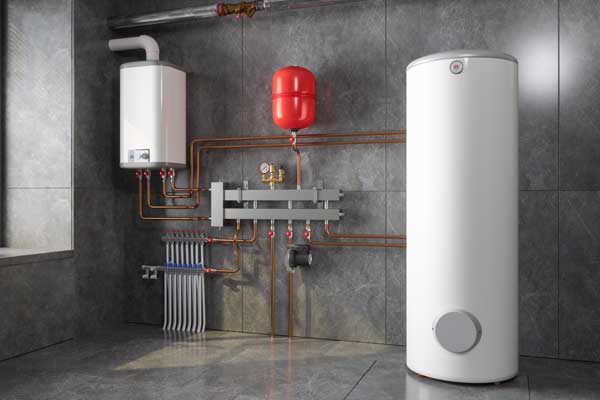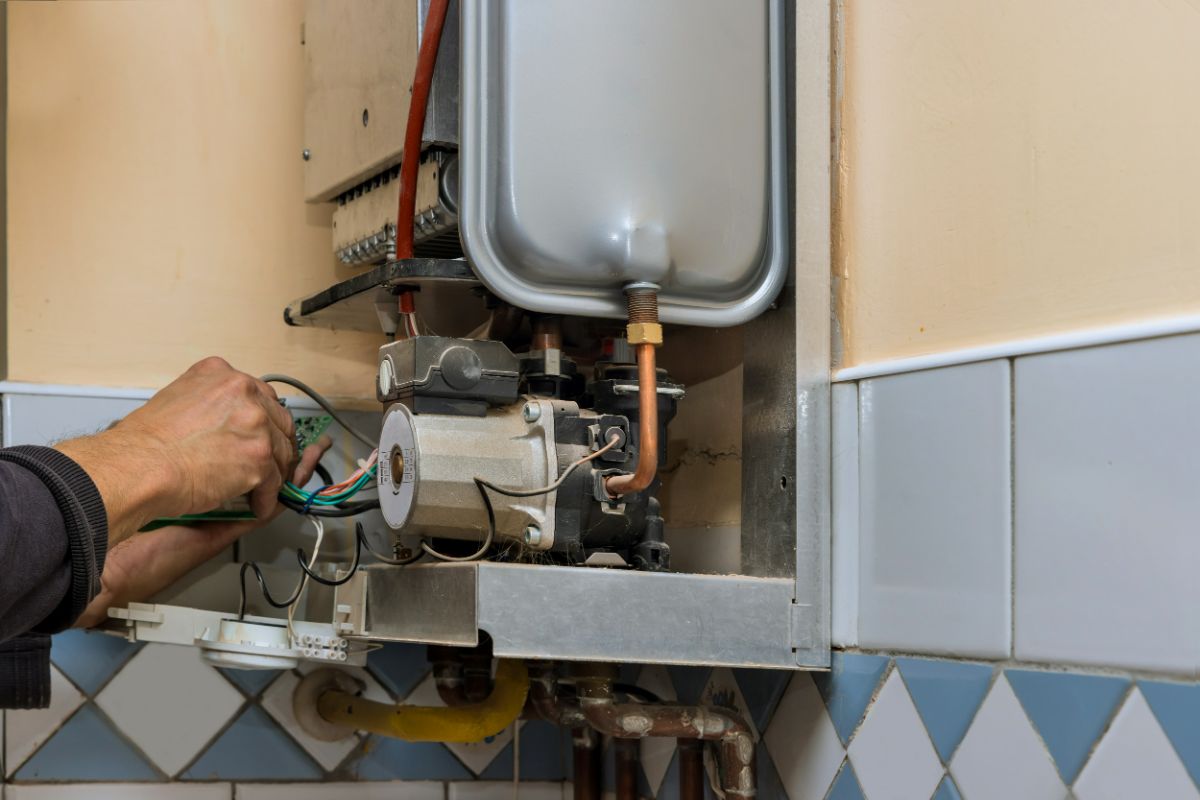Just about everyone seems to have their personal theory involving What Kind of Maintenance Do Water Heaters Need?.

Warm water is crucial for everyday convenience, whether it's for a rejuvenating shower or cleaning meals. To ensure your hot water system runs successfully and lasts longer, routine upkeep is vital. This article supplies sensible suggestions and understandings on just how to maintain your home's warm water system to stay clear of disruptions and expensive fixings.
Intro
Maintaining your home's hot water system could appear challenging, however with a couple of simple steps, you can guarantee it runs efficiently for several years ahead. This overview covers everything from understanding your hot water system to DIY maintenance tips and understanding when to contact professional aid.
Importance of Maintaining Your Warm Water System
Normal upkeep not just prolongs the life expectancy of your warm water system yet additionally ensures it operates effectively. Ignoring upkeep can bring about decreased efficiency, higher energy bills, and even premature failing of the system.
Indications Your Warm Water System Demands Upkeep
Understanding when your warm water system requires focus can protect against significant concerns. Keep an eye out for signs such as irregular water temperature, strange sounds from the heating unit, or rusty water.
Understanding Your Warm Water System
Prior to diving into maintenance jobs, it's helpful to recognize the fundamental elements of your hot water system. Typically, this consists of the hot water heater itself, pipes, anode poles, and temperature controls.
Monthly Upkeep Tasks
Regular monthly checks can aid catch minor concerns prior to they intensify.
Flushing the Hot Water Heater
Flushing your water heater gets rid of sediment buildup, boosting efficiency and lengthening its life.
Checking and Replacing Anode Rods
Anode poles avoid corrosion inside the container. Examining and replacing them when worn is critical.
Examining and Readjusting Temperature Setups
Adjusting the temperature setups ensures ideal performance and security.
Do It Yourself Tips for Maintenance
You can do several maintenance jobs yourself to maintain your warm water system in leading condition.
Checking for Leakages
Routinely check pipelines and connections for leakages, as these can bring about water damage and higher costs.
Testing Stress Relief Valves
Checking the pressure safety valve ensures it works appropriately and prevents extreme stress accumulation.
Shielding Pipes
Protecting hot water pipes lowers heat loss and can conserve energy.
When to Call an Expert
While do it yourself maintenance is valuable, some issues need specialist knowledge.
Complicated Issues Needing Specialist Help
Examples consist of major leaks, electric troubles, or if your water heater is constantly underperforming.
Regular Professional Maintenance Perks
Professional maintenance can consist of thorough inspections, tune-ups, and making certain compliance with safety standards.
Conclusion
Routine maintenance of your home's hot water system is vital for efficiency, longevity, and cost savings. By complying with these pointers and knowing when to seek expert assistance, you can make certain a trustworthy supply of warm water without unanticipated disturbances.
Water Heater Maintenance Tips
Test the TPR Valve
Shut off the power and the cold-water supply valve. Place a bucket under the pipe connected to the temperature-pressure-release (TPR) valve on the top or side of the tank. (This valve opens if the tank pressure gets too high.) Lift the valve’s tab to let some water out, then let go. If water keeps flowing, drain the tank partway, unscrew the old valve with a pipe wrench, and install a new one. Check the Anode Rod
Put a hose to the tank’s drain cock and let out a few gallons of water. Now fit a 1 1/16-inch socket onto the rod’s hex head on top of the heater (or under its top plate) and unscrew the rod. If it’s less than ½ inch thick or coated with calcium, buy a new one, wrap its threads with Teflon tape, put it back in the tank, and tighten securely. Use this segmented rod if headroom above the tank is limited. Drain the Tank and Wash Out Sediment
Drain the remaining water in the tank into the bucket, then stir up the sediment on the tank’s bottom by briefly opening the cold-water supply valve. Drain and repeat until clean water comes out of the hose. Close the drain cock, refill the tank, and turn its power back on. Adjust the Temperature
Find the temperature dial on the side of the tank and unscrew its cover. Adjust the dial to 120 degrees using a flathead screwdriver. For every 10 degrees the temperature is lowered, you can expect to save up to 5 percent in energy costs. Turn the water heater off or the thermostat down to its lowest setting if you plan to be away from home for more than three days. Insulate the Pipes
Buy some self-sticking 3/8-inch-thick foam pipe insulation that matches the pipes’ diameter. Slide the foam over the hot-and cold-water pipes as far as you can reach. Insulating the cold-water pipe prevents condensation in summer. Peel the tape and squeeze the insulation closed. If the pipe is 6 inches or less from the flue, cover it with 1-inch-thick unfaced fiberglass pipe wrap. https://www.thisoldhouse.com/plumbing/21016402/how-to-maintain-a-water-heater

Do you really like more info about How to Maintain a Hot Water Heater in a Few Simple Steps? Leave a remark down the page. We will be pleased to know your responses about this post. Hoping to see you back again soon. Appreciated our post? Please quickly share it. Let somebody else find it. Many thanks for being here. Return soon.
Call Today